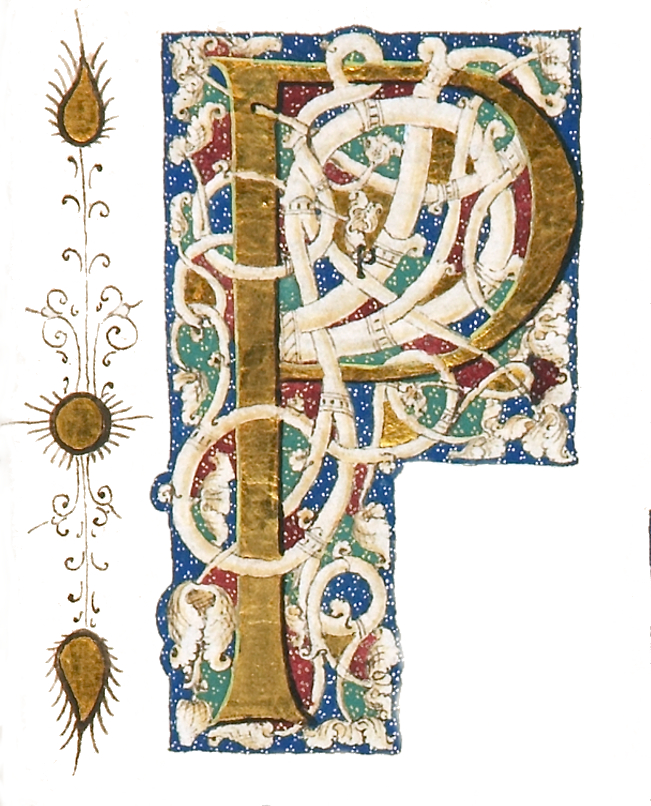1815] · [London
by (BINDINGS - DOUGLAS COCKERELL). (FACSIMILE). [KYD, THOMAS]
[London: J, Smeeton, 1815]. 185 x 122 mm. (7 1/4 x 4 3/4"). [34] leaves.
Russet niger goatskin by Douglas Cockerell (stamp-signed and dated 1902 on rear turn-in), upper cover with title in gilt, raised bands, with blind-tooled trefoil extending from them onto the covers, vertical gilt titling, gilt-ruled turn-ins. See: Hazan, A. T. "Type-facsimiles," in Modern Philology, Vol. 44, No. 4 (May, 1947), pp. 209-17. Covers a little soiled, title leaf trimmed at bottom (see explanation below), title and final leaf with expert repairs at top and bottom (well away from text), interior with overall faint toning, but a clean, fresh copy in a well-preserved binding.
Offered in the characteristic attractive russet morocco of one of the most influential 20th century binders, this is a copy of a facsimile so clever it fooled the staff at the British Library for more than a century. "Solimon and Perseda," attributed to Thomas Kyd, was first printed without a date in 1592, and reprinted by Edward Allde for Edward White in 1599. The present facsimile was issued by London publisher J. Smeeton in 1815, with no changes to the text, aside from the publisher's name printed in small type near the foot of the title page verso. Hazan notes that the first indication that one has our Smeeton facsimile rather than the 1599 second edition is a title page that has been trimmed or repaired to remove that name, as has happened here. Other giveaways are the paper used (inferior quality with no watermark) and the use of Caslon type, with its distinctive "flat-topped capital A and the oblique, pointed serifs of capital T." It was only discovered in the 1930s that two of the four copies of the 1599 edition in the British Library were in fact 1815 Smeeton printings, which had fooled even such luminaries as W. W. Greg, described by Hazan as "the most precise and skilful of British bibliographers." It is likely a former owner believed this to be a genuine 1599 printing when (s)he had it bound in 1902 by Douglas Cockerell (1870-1945), generally considered to be the leading and most respected binder of his day. Through his work, his teaching, and his publications, he probably exerted "more influence on bookbinding practice and design than any one man has had before." (DNB) An apprentice for Cobden-Sanderson when the latter began his Doves Bindery in 1894, Cockerell set up his own workshop in 1897, and our binding is obviously from the early period of the work he did at his premises. During these early years, he was appointed teacher of bookbinding at the London County Council Central School of Arts & Crafts, where he taught Francis Sangorski and George Sutcliffe. The 1815 "Tragedie" is uncommonly seen: we could trace just four copies sold at auction since 1970. This copy sold at Bloomsbury Auctions in 2008 for £504 (approximately $1,000).. (Inventory #: ST20234-02)
Russet niger goatskin by Douglas Cockerell (stamp-signed and dated 1902 on rear turn-in), upper cover with title in gilt, raised bands, with blind-tooled trefoil extending from them onto the covers, vertical gilt titling, gilt-ruled turn-ins. See: Hazan, A. T. "Type-facsimiles," in Modern Philology, Vol. 44, No. 4 (May, 1947), pp. 209-17. Covers a little soiled, title leaf trimmed at bottom (see explanation below), title and final leaf with expert repairs at top and bottom (well away from text), interior with overall faint toning, but a clean, fresh copy in a well-preserved binding.
Offered in the characteristic attractive russet morocco of one of the most influential 20th century binders, this is a copy of a facsimile so clever it fooled the staff at the British Library for more than a century. "Solimon and Perseda," attributed to Thomas Kyd, was first printed without a date in 1592, and reprinted by Edward Allde for Edward White in 1599. The present facsimile was issued by London publisher J. Smeeton in 1815, with no changes to the text, aside from the publisher's name printed in small type near the foot of the title page verso. Hazan notes that the first indication that one has our Smeeton facsimile rather than the 1599 second edition is a title page that has been trimmed or repaired to remove that name, as has happened here. Other giveaways are the paper used (inferior quality with no watermark) and the use of Caslon type, with its distinctive "flat-topped capital A and the oblique, pointed serifs of capital T." It was only discovered in the 1930s that two of the four copies of the 1599 edition in the British Library were in fact 1815 Smeeton printings, which had fooled even such luminaries as W. W. Greg, described by Hazan as "the most precise and skilful of British bibliographers." It is likely a former owner believed this to be a genuine 1599 printing when (s)he had it bound in 1902 by Douglas Cockerell (1870-1945), generally considered to be the leading and most respected binder of his day. Through his work, his teaching, and his publications, he probably exerted "more influence on bookbinding practice and design than any one man has had before." (DNB) An apprentice for Cobden-Sanderson when the latter began his Doves Bindery in 1894, Cockerell set up his own workshop in 1897, and our binding is obviously from the early period of the work he did at his premises. During these early years, he was appointed teacher of bookbinding at the London County Council Central School of Arts & Crafts, where he taught Francis Sangorski and George Sutcliffe. The 1815 "Tragedie" is uncommonly seen: we could trace just four copies sold at auction since 1970. This copy sold at Bloomsbury Auctions in 2008 for £504 (approximately $1,000).. (Inventory #: ST20234-02)






